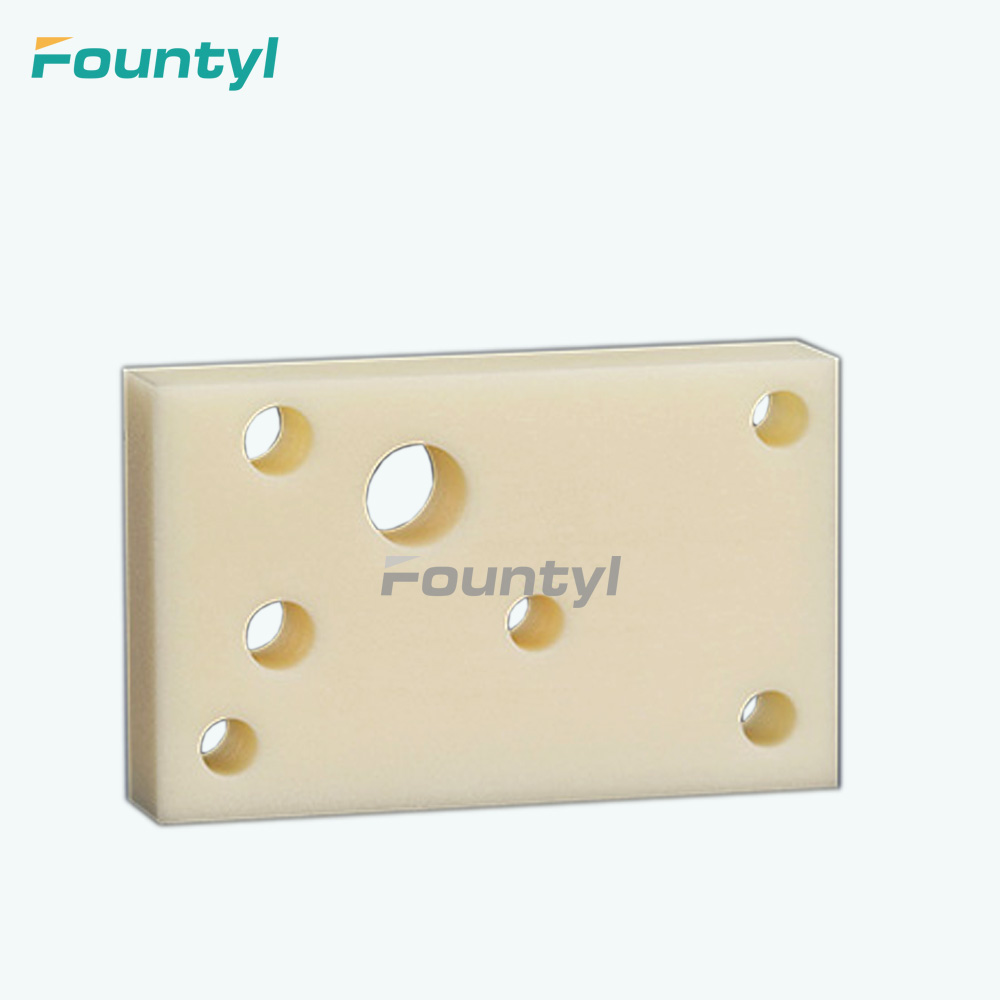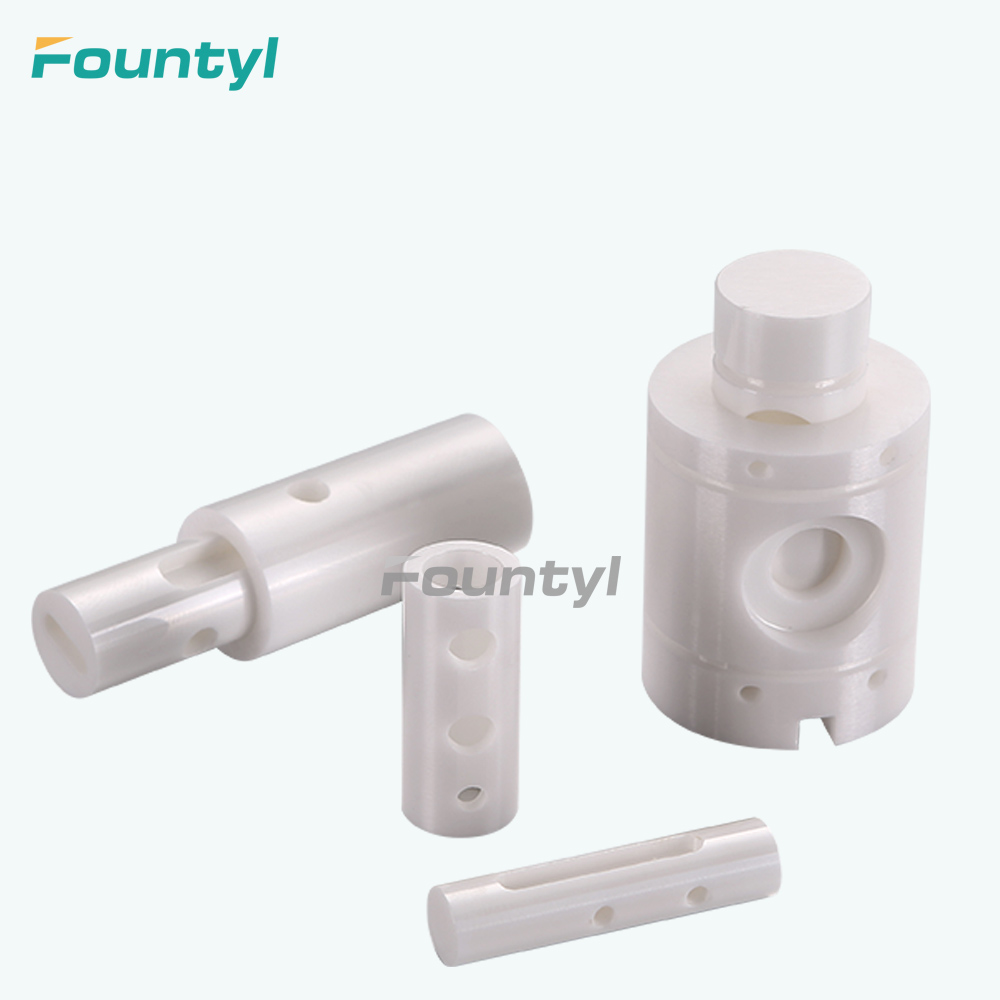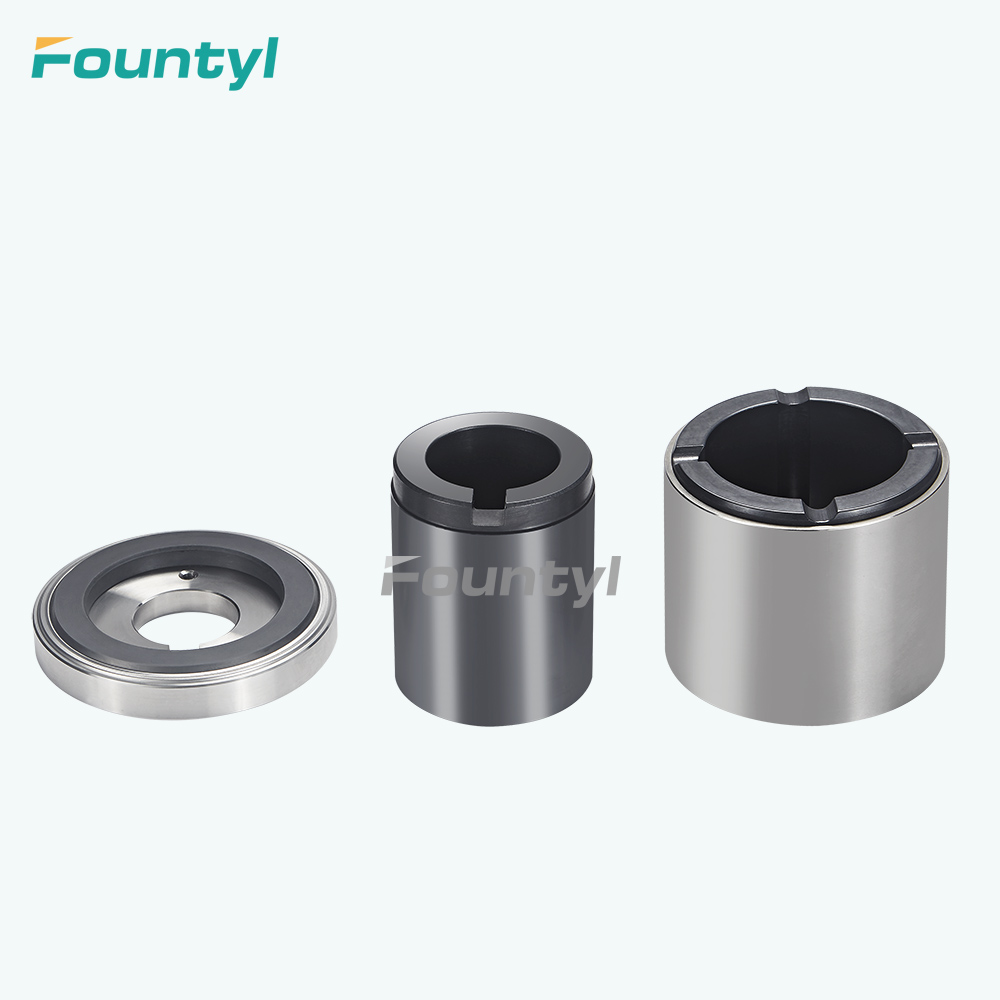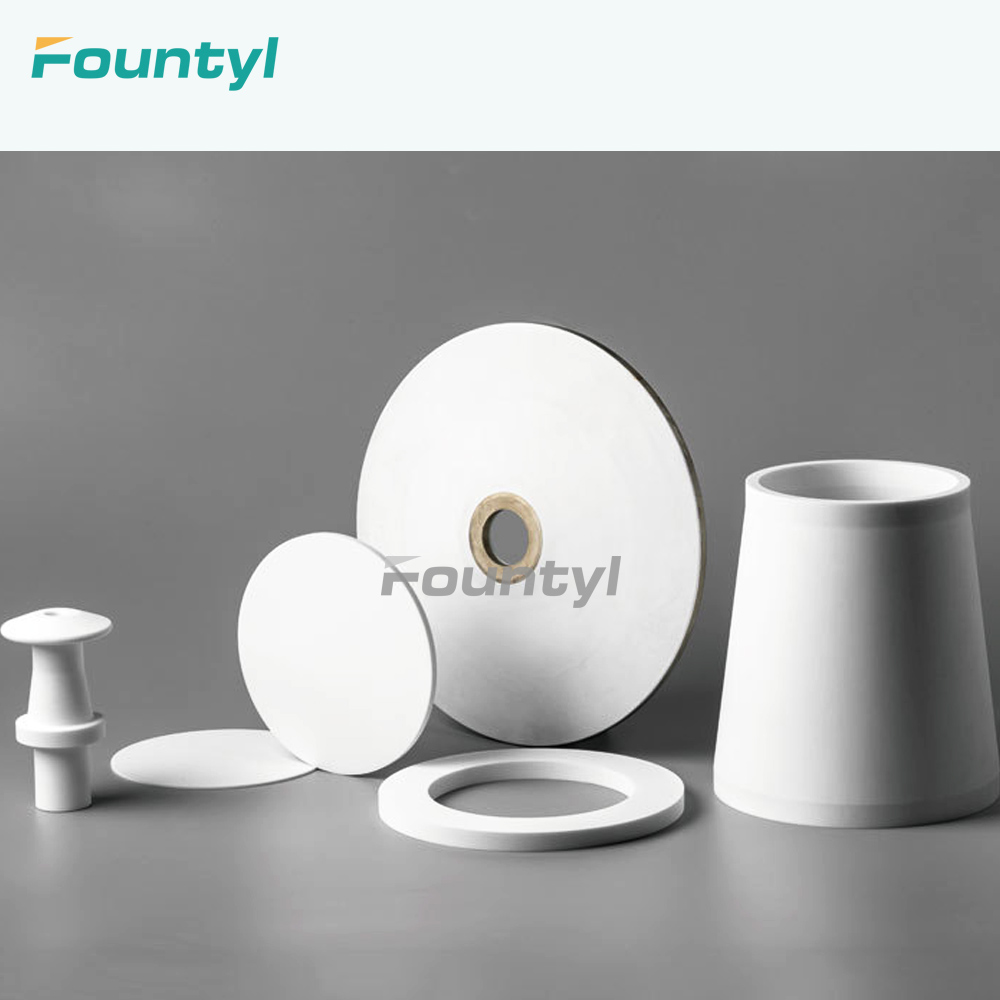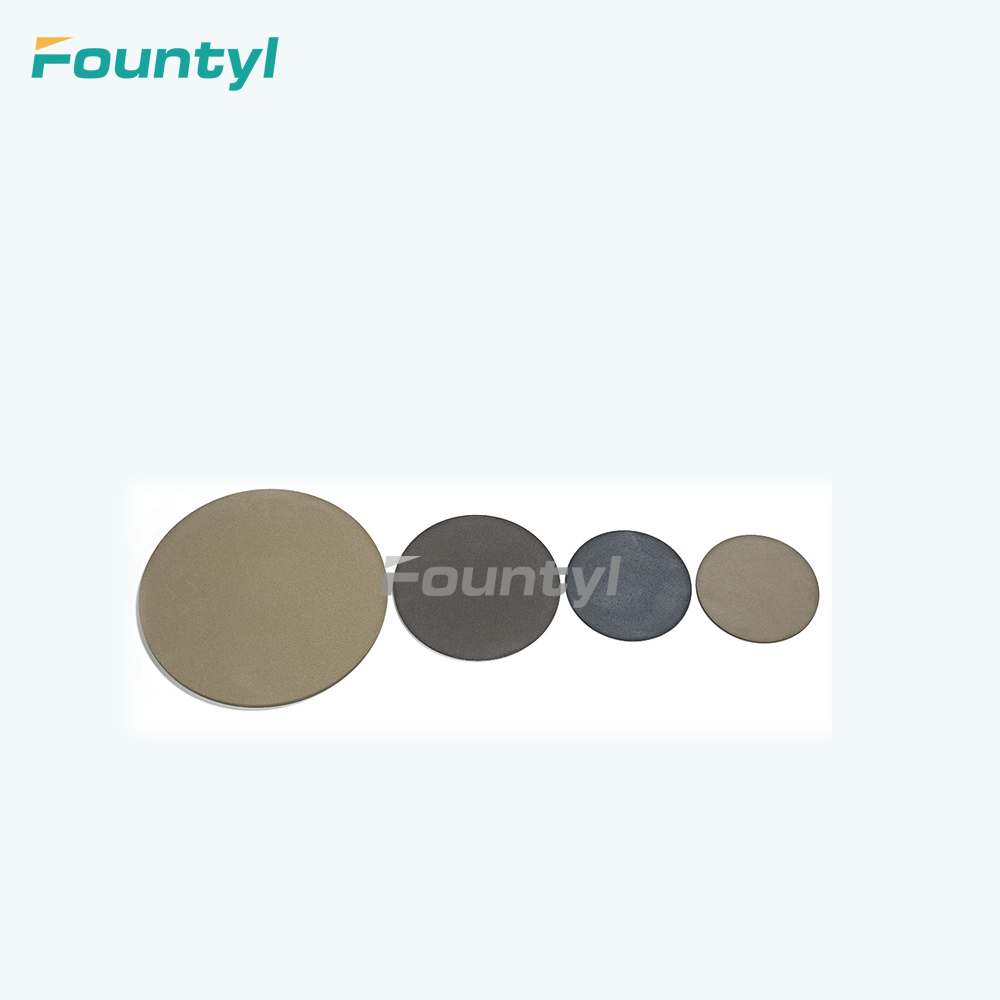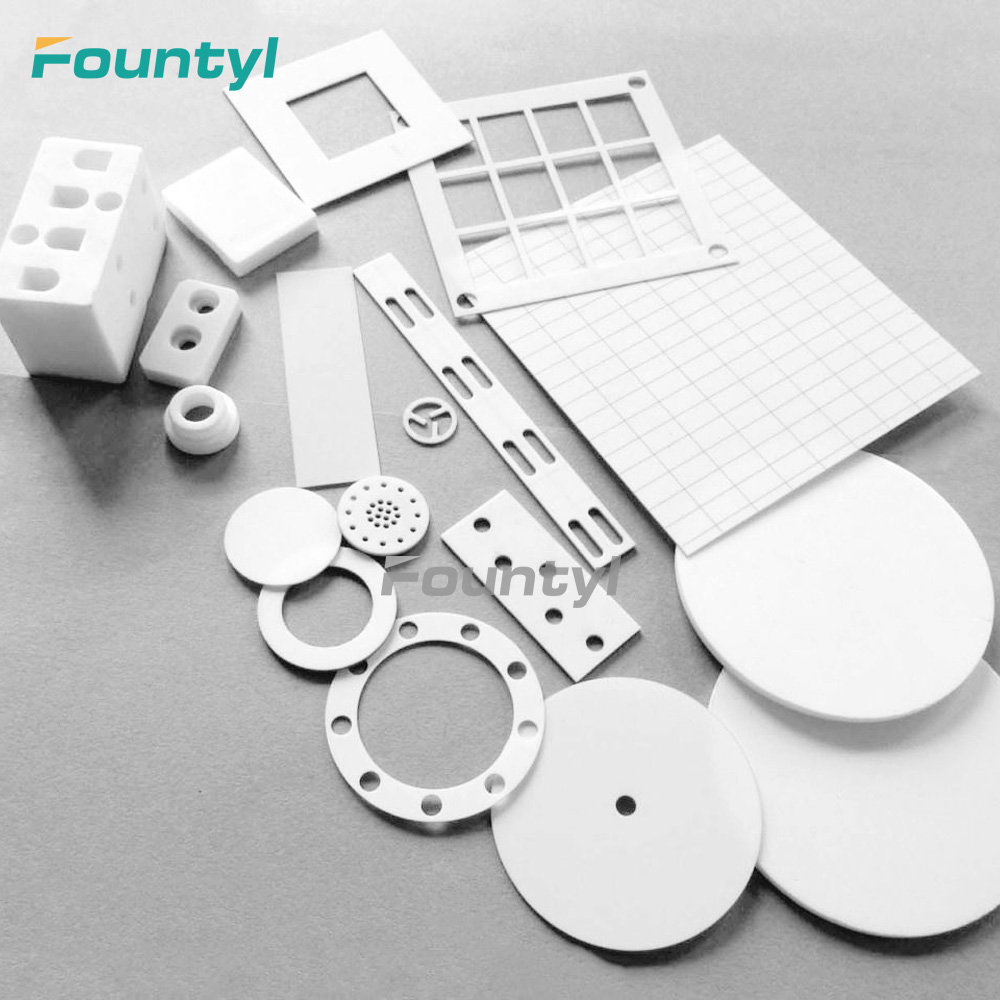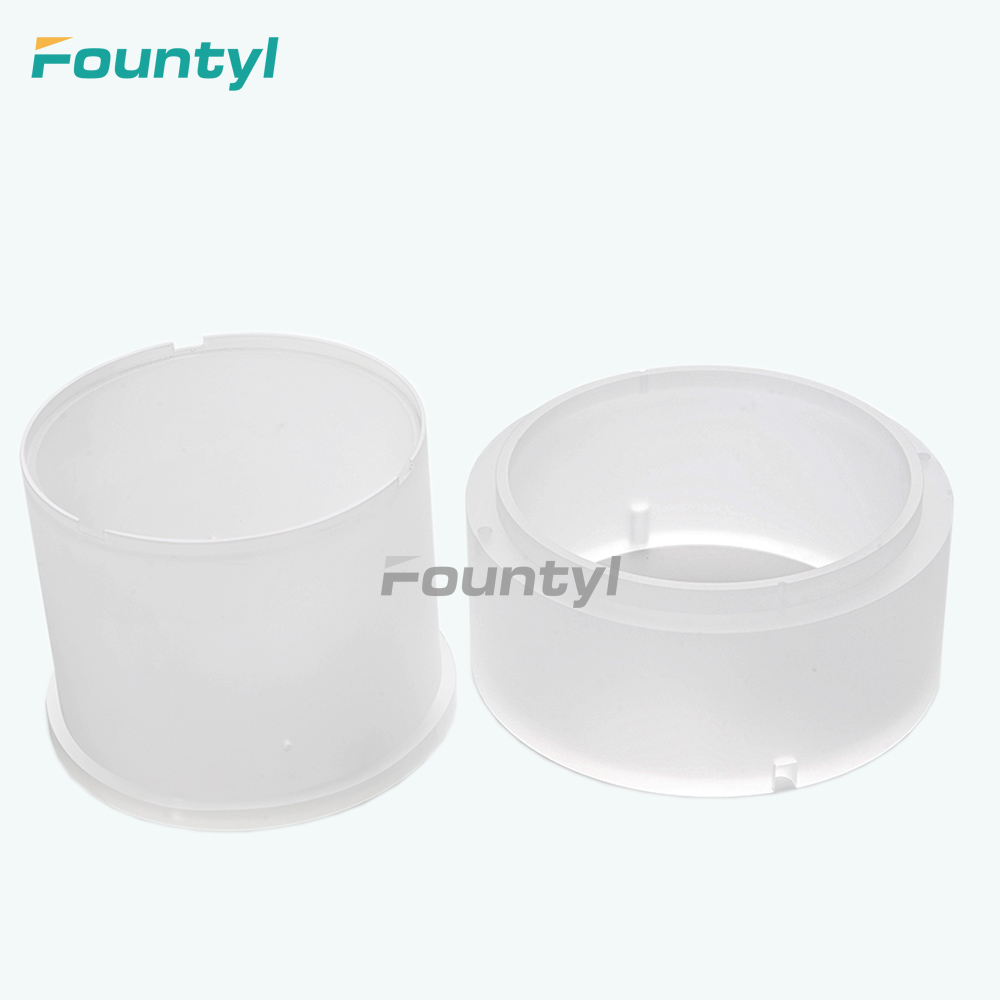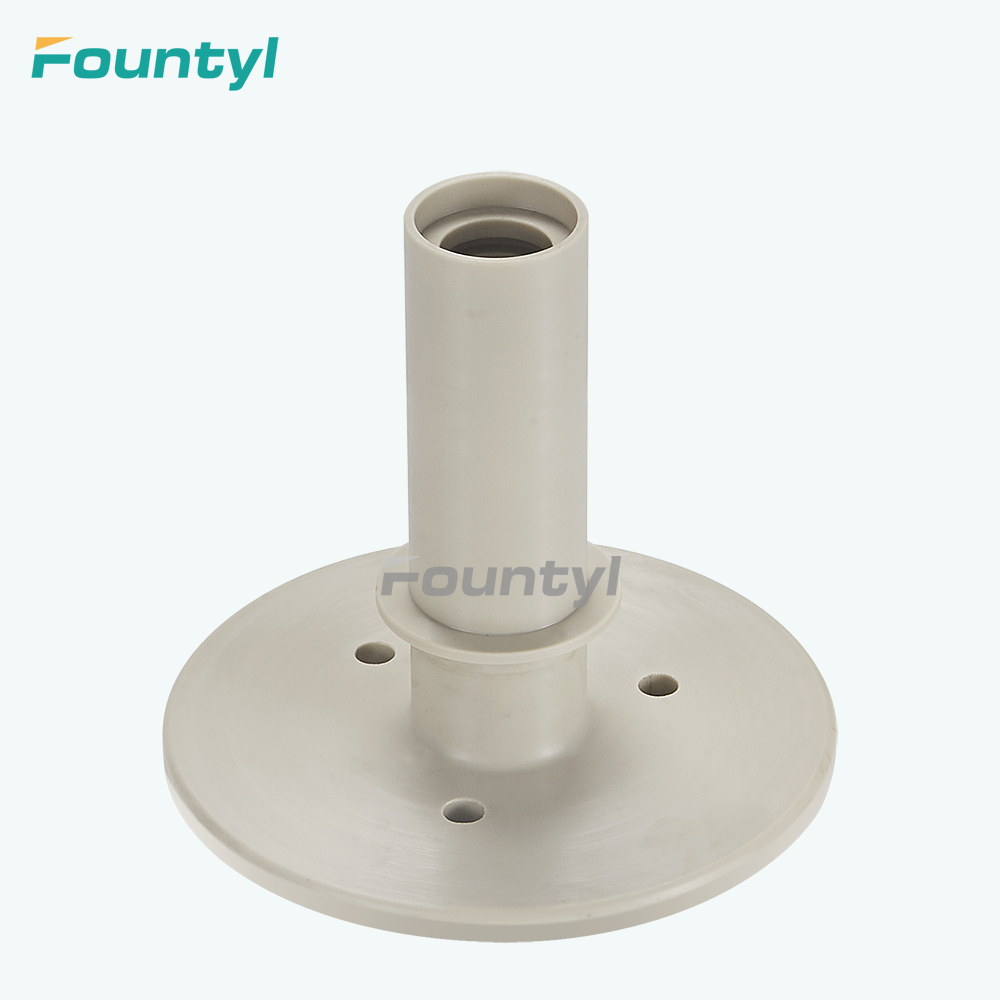Porous ceramic with high temperature resistance, high strength, good chemical stability
Porous ceramic materials for filtration and separation devices
The filter device composed of porous ceramic plate or tubular products has the characteristics of large filtration area and high filtration efficiency. Widely used in water purification, oil separation and filtration, organic solution, acid and alkali solution, other viscous liquid and compressed air, coke oven gas, steam, methane, acetylene and other gas separation. Because porous ceramics have the advantages of high temperature resistance, wear resistance, chemical corrosion resistance and high mechanical strength, they show their unique advantages in corrosive liquid, high temperature fluid, molten metal and so on.
Porous ceramic materials for sound absorption and noise reduction devices
As a kind of sound absorbing material, porous ceramics mainly use its diffusion function, that is, disperse the air pressure caused by sound waves through the porous structure, so as to achieve the purpose of sound absorption. As a sound absorbing material, porous ceramics require small aperture (20-150um), high porosity (more than 60%), and high mechanical strength. Porous ceramics have been widely used in high-rise buildings, tunnels, subways and other places with high fire protection requirements, television transmission centers, movie theaters and other places with high sound insulation requirements.
Semiconductor vacuum adsorption
Due to its good adsorption capacity and activity, porous ceramics are irreplaceable materials for vacuum adsorption and transfer of silicon wafers in semiconductor processes.
Porous ceramic materials are used for sensing elements
The working principle of the humidity sensor and gas sensor of the ceramic sensor is that when the micro-porous ceramic is placed in a gas or liquid medium, some components in the medium are adsorbed or react with the porous body, and the potential or current of the micro-porous ceramic will change to detect the composition of the gas or liquid. Ceramic sensor has the characteristics of high temperature resistance, corrosion resistance, simple manufacturing process, sensitive and accurate detection, and can be used in many special occasions.
Diaphragm material is adopted by porous ceramic material.
The porous ceramic has a large contact area with liquid and gas, and the battery voltage is much lower than that of ordinary materials. Therefore, the application of porous ceramics in electrolytic diaphragm materials can greatly reduce battery voltage, improve electrolytic efficiency, and save electric energy and electrode materials. Porous ceramic membranes are used in chemical cells, fuel cells and photochemical cells.
Porous ceramic materials for air distribution devices
The gas is blown into a solid powder through the porous ceramic material, which can make the powder in a loose and fluid state, achieve rapid heat transfer, uniform heat transfer, accelerate the reaction rate, and prevent the powder from caking. It is suitable for powder conveying, heating, drying and cooling, especially for cement, lime, alumina powder manufacturers and powder transportation.
Heat-insulating porous ceramics
Porous ceramics have the advantages of high porosity, low density, low thermal conductivity, large thermal resistance, small volume heat capacity and have become a traditional keep-warmer material. Advanced porous ceramic material can keep warmer to be used for spacecraft shell and missile head ...etc.
Porous ceramic materials for biomedical applications
Porous bioceramics are developed on the basis of traditional bioceramics, with good biocompatibility, stable physical and chemical properties and non-toxic side effects, and have been widely used in the biomedical field. Dental and other implants made of porous ceramics have been used clinically.
| Small-bore ceramics(2 um) | FT-A (20 um) | FT-B (30 um) | FT-C (70 um) | ||||
| color | black | steel gray | steel gray | steel gray | |||
| pore diameter(μm) | 2 | 20 | 30 | 70 | |||
| through-flow(L/min) | 4 ~ 7(ψ28 、-94kPa) | ≧20(ψ28 、-94kPa) | ≧20(ψ28 、-94kPa) | ≧20(ψ28 、-94kPa) | |||
| density(g/cm3) | 2.1±0.1 | 2±0.1 | 1.95±0.1 | 1.9±0.1 | |||
| surface resistivity(Ω/sq) | 106 ~ 109 | 106 ~ 109 | 106 ~ 109 | 106 ~ 109 | |||
| reflectivity(%) | 6±1 | N/A | N/A | N/A | |||
| hardness(HRH) | ≧45 | ≧40 | ≧40 | ≧40 | |||
| porosity(%) | 45 | 34 | 34 | 36.1 | |||
| breaking strength(kgf/mm2) | N/A | 4.7 |
4.7 |
4.6 |
|||
| Young's modulus(GPa) | 35 | N/A | N/A | N/A | |||
| thermal conductivity(W/(m・K)) | 1 | N/A | N/A | N/A | |||
| thermal expansion coefficient(10-6~/K) | 8 | 2.9 | 2.9 | 10-6/K @100°C |
10-6/K @150°C |
||
| 6.7 | 7.1 | ||||||
| main raw material | Alumina | SIC | SIC | SIC | |||



